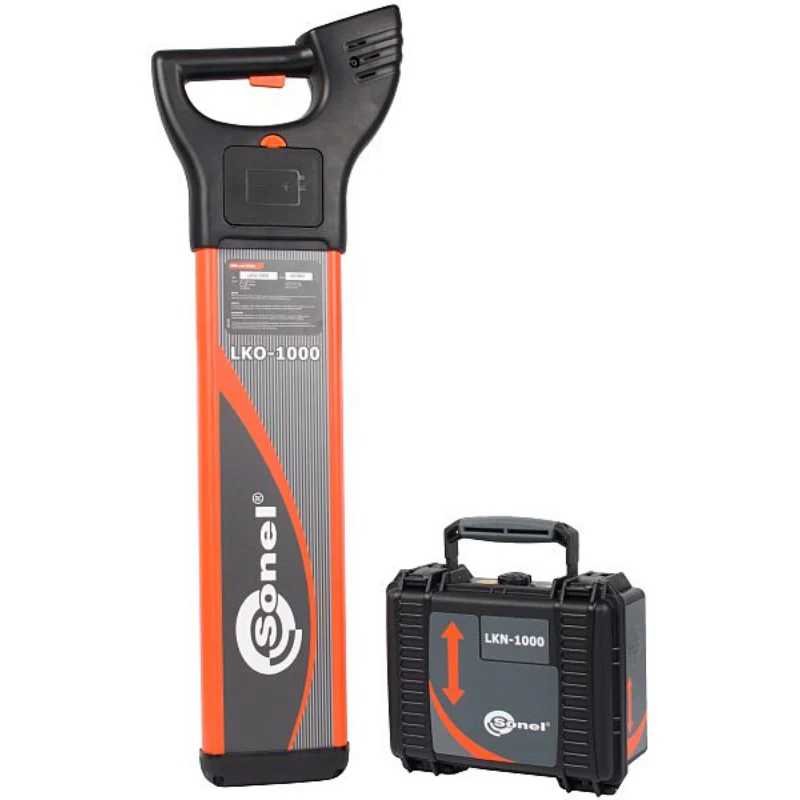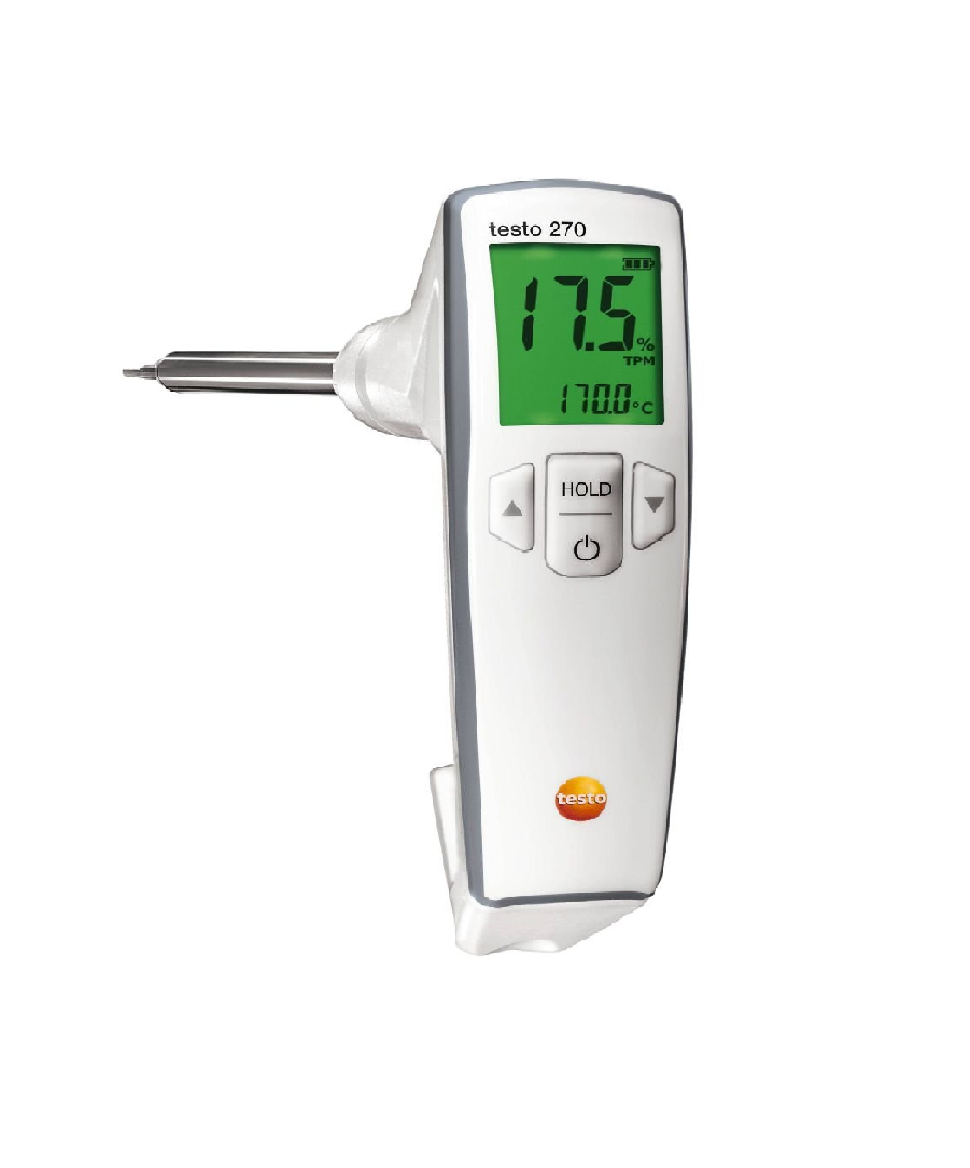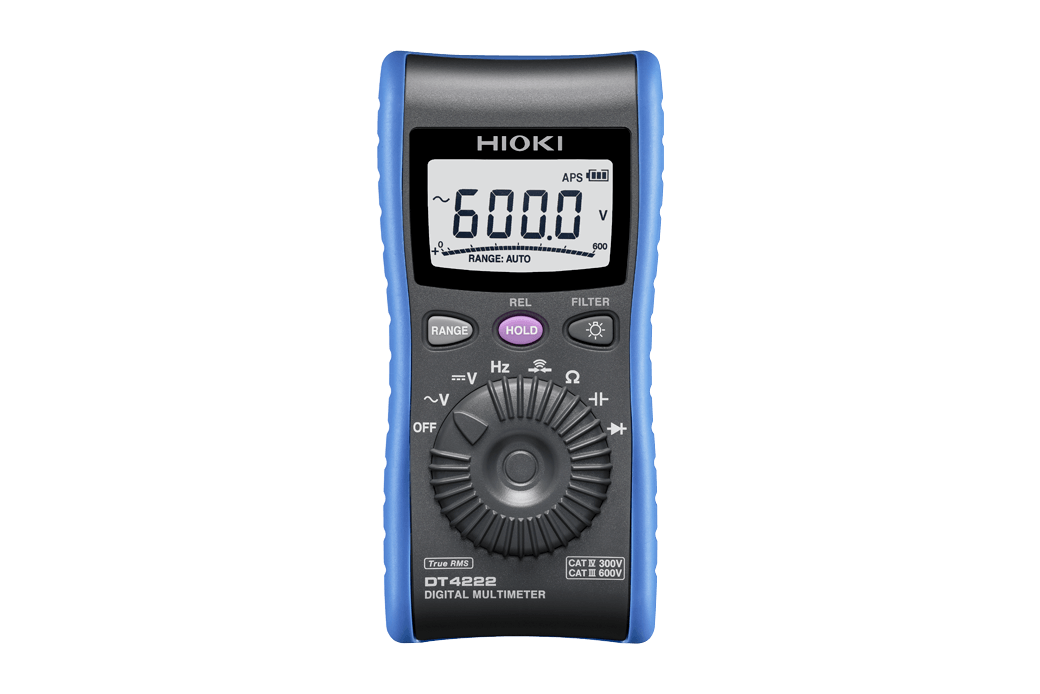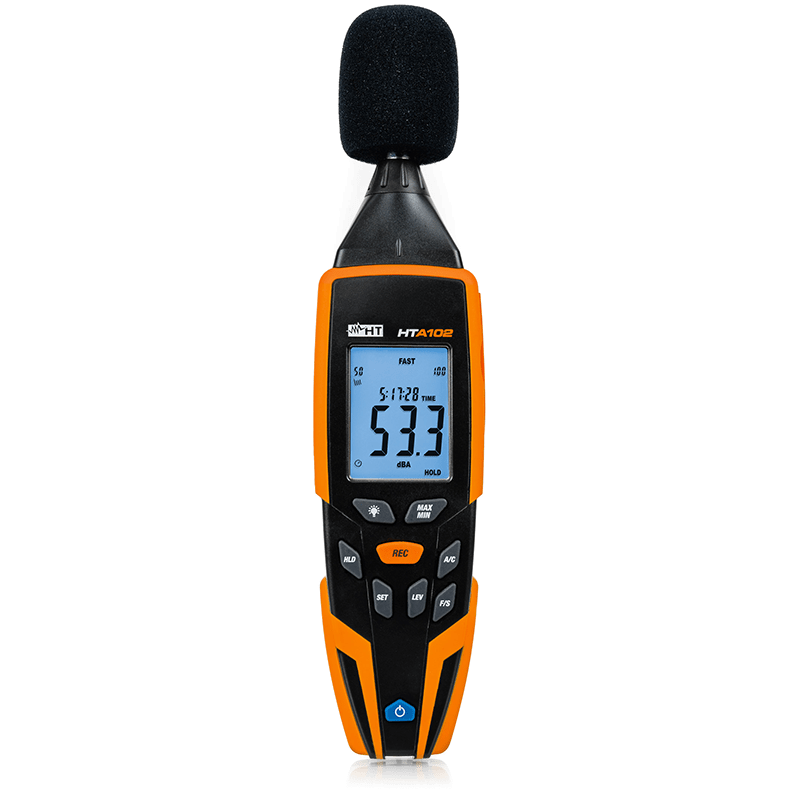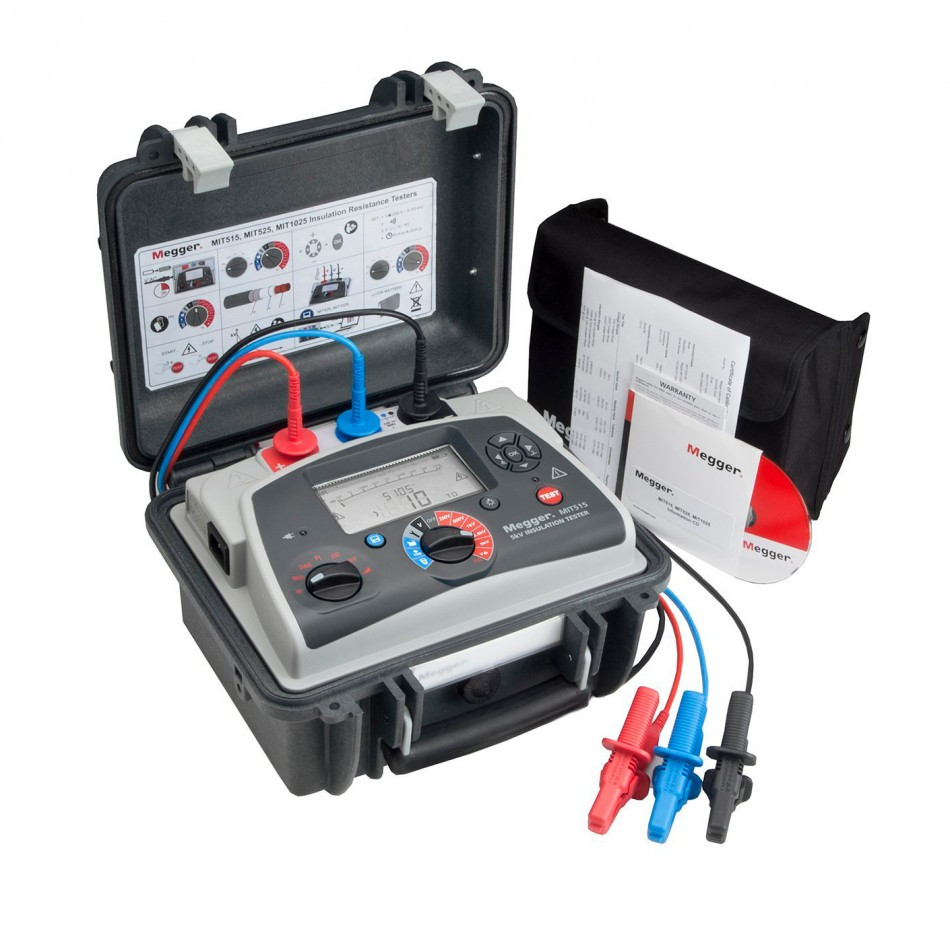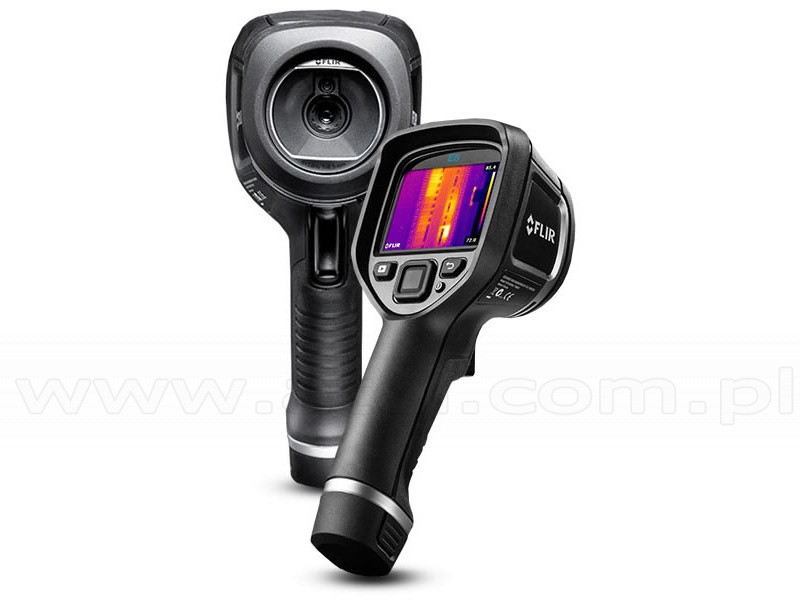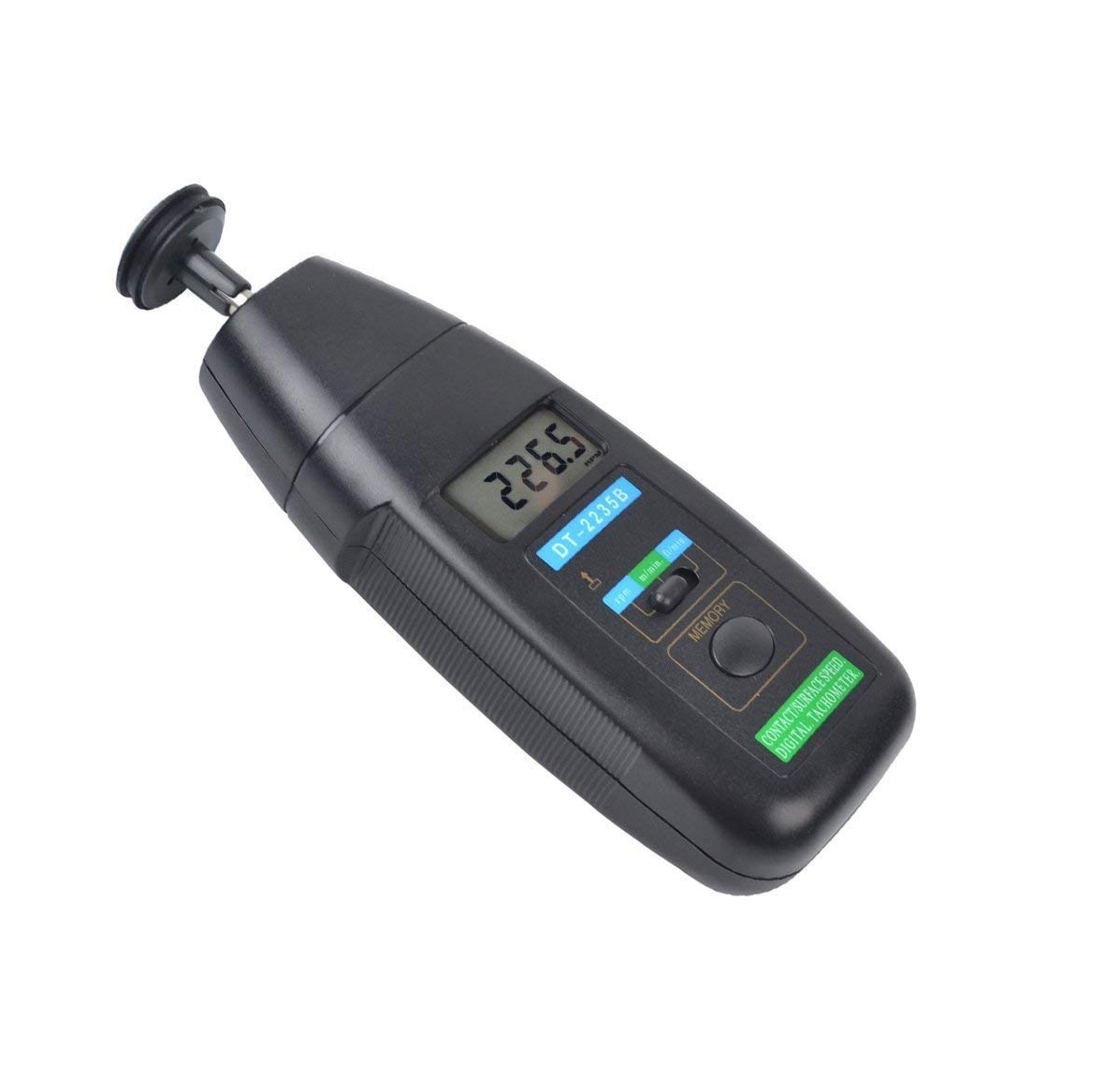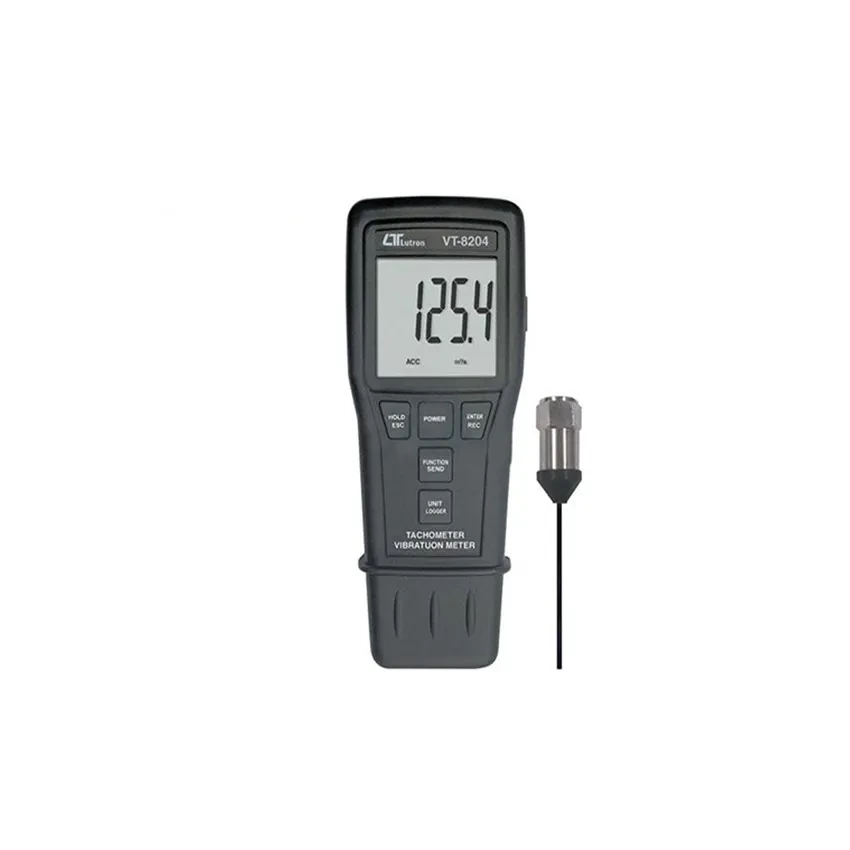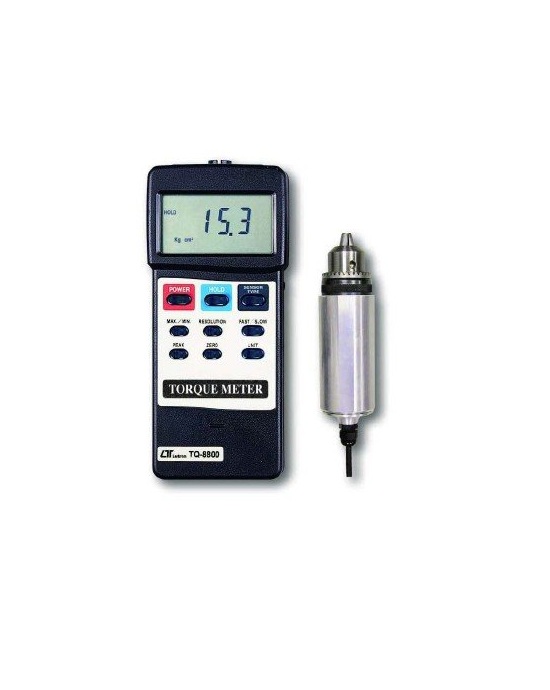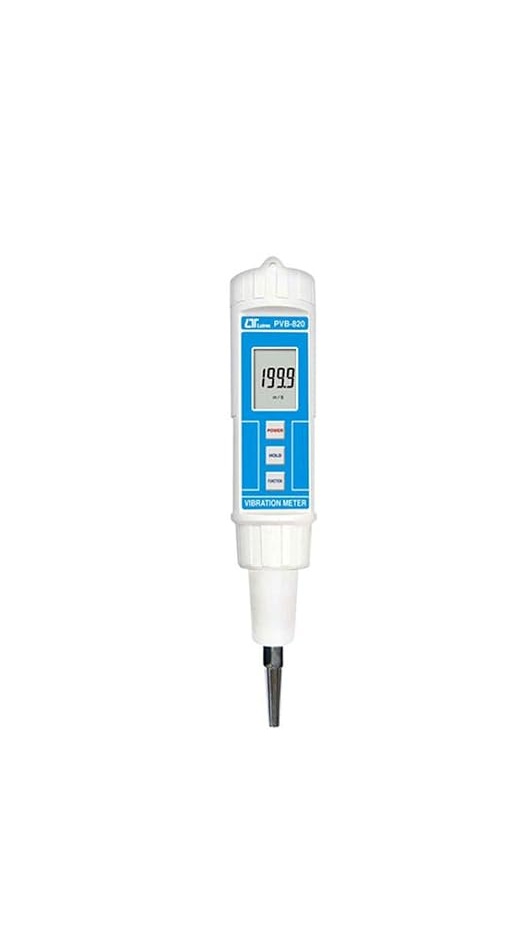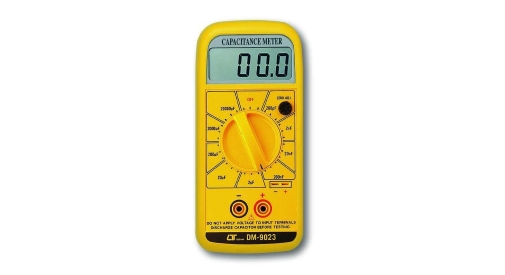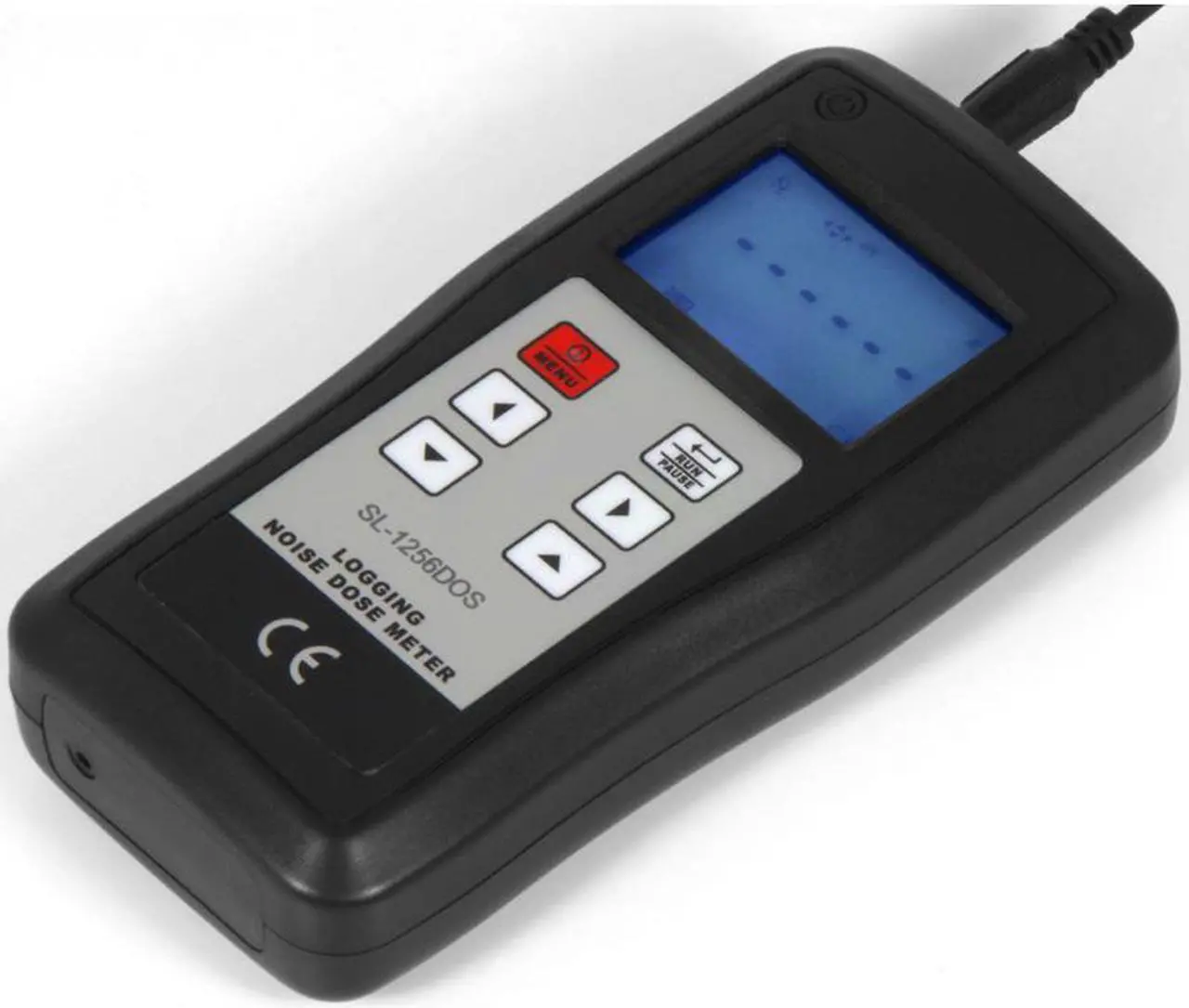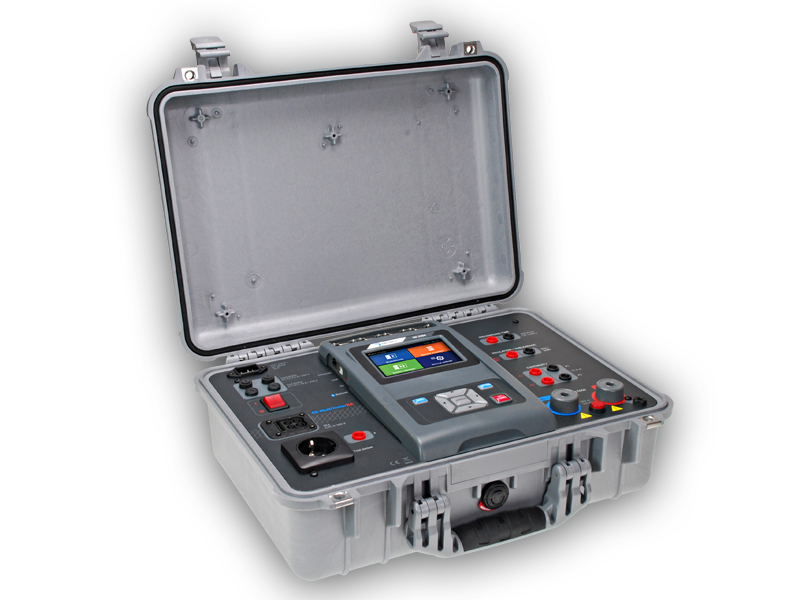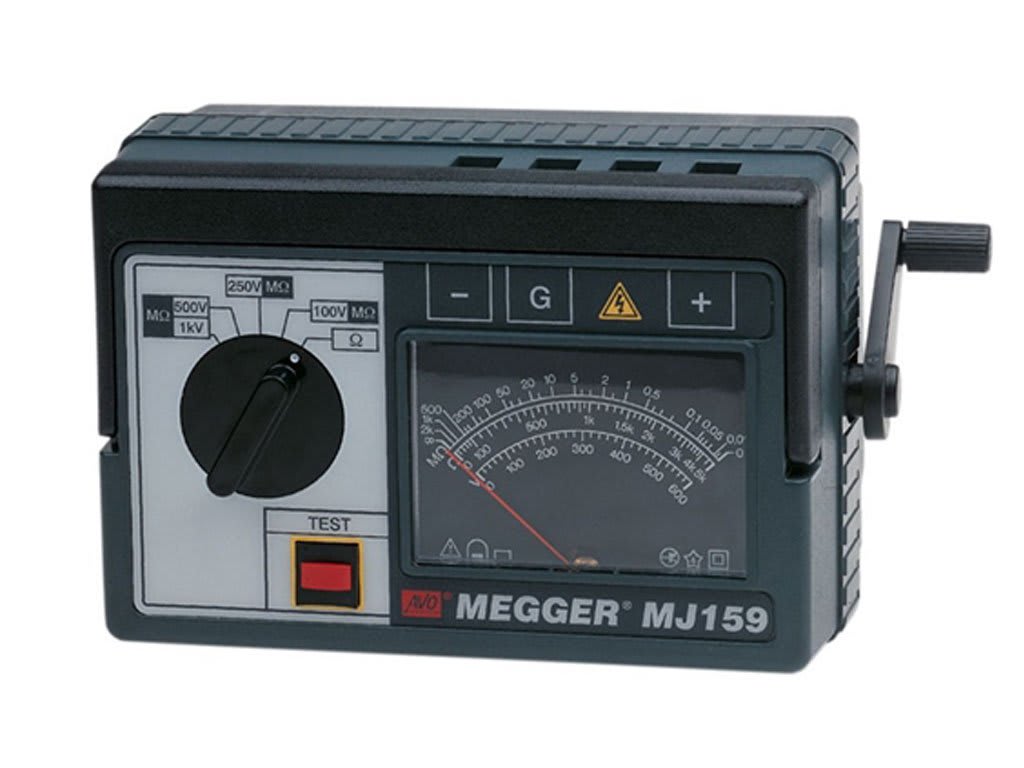Features
Backlit LCD with contrast (auto on-off).
Automatic adjustment of detection sensitivity.
5 operating modes.
Warning about shallowly located cables.
Measuring cable locations up to 3 m deep.
Determining the direction of a cable.
Sound signals to facilitate locating or tracing.
Adjustment of power and selection of frequencies for the transmitter.
Passive or active modes of tracing. • Detection of underground live wires.
Detection of underground wires with no voltage (radio mode).
Detection of underground wires with no voltage using a transmitter (galvanized, inductive or clamp-based connection).
Tracing metallic or non-conductive pipes using an additional probe.
Tracing non-conductive pipelines using a “floating” probe.
Tracing a determined cable.
Determining the depth of a cable. Characteristics
Improved LKN-1000 transmitter delivers significantly higher power than previous model, which allows to:
Tracking underground services over a, longer distances,
Improve service detection in areas of high signal interference,
Improve depth estimation. Other benefits of the new transmitter:
four adjustable output levels with maximum output level, of 1 W,
durable waterproof design environmental protection rating of IP65,
smaller and lighter designed to work in harsh conditions,
choice of 3 tracing signals, 8 kHz or 33 kHz, in conductive mode 8 kHz and 33 kHz at the same time,
clear visual and visual signals for easier operation,
built-in test function – allowing operators to test the hardware and software functionality of the LKN-1000 before use,
externally located control buttons, ensure a waterproof. Operating modes
Passive, with 50 Hz or 60 Hz – enables to locate live wires and cables (POWER).
Passive RADIO (15-30 kHz) – enables a quick, non-selective locating operation for an underground structure (metallic installations).
Active (with transmitter) (8 kHz and 33 kHz), enables:
a locating operation using the inductive mode (all one has to do is to place the transmitter over the object traced),
a locating operation through connecting the transmitter directly to an object that is not live,
a locating operation using transmission clamps (it is necessary to close the clamps over the object tested),
a locating operation using a transmission wire or transmission probes (enables to locate non-metallic objects),
a locating operation sing a separating adapter (connecting the transmitter LKN-1000 directly to a 230 V socket)
|
